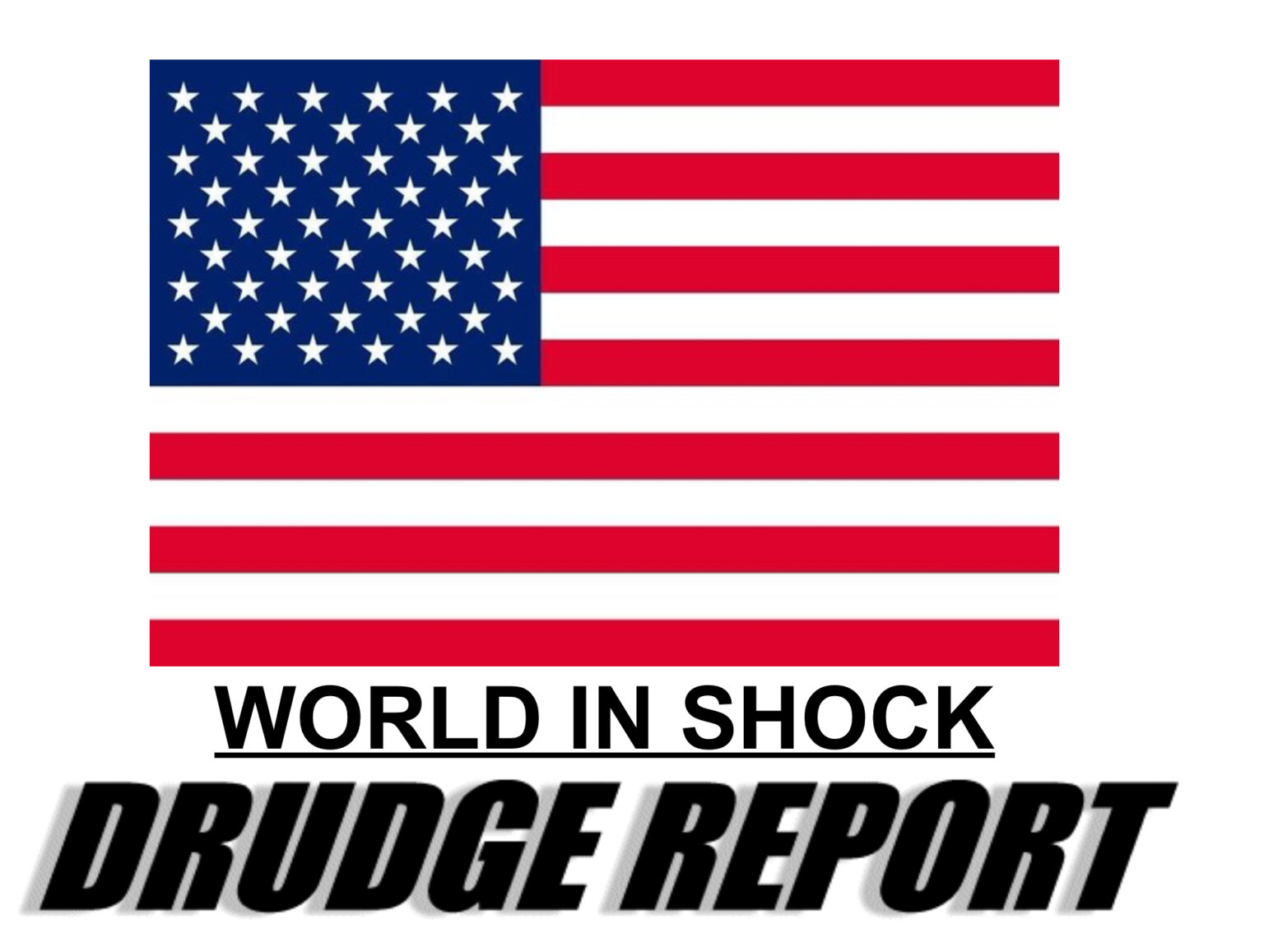The Drudge Report, once a prominent conservative media platform, has faced a significant decline in its influence and relevance, particularly concerning its coverage of Donald Trump. Initially a powerful aggregation site that shaped conservative discourse, the platform has seemingly shifted its stance against Trump. As the 2024 presidential election unfolds, recent headlines hint at a potential Trump resurgence, with articles suggesting that despite the uncertain outcome, he has managed to weaken the Democratic coalition. This shift in coverage indicates that Drudge, while historically significant, may be reevaluating its position amid a turbulent political landscape.
On election night, early data revealed that Trump, the Republican candidate, might benefit from changing voter sentiments that favor him over Democrat Kamala Harris. The Associated Press article linked on the Drudge Report highlighted the divisions within society and how much the candidates had to navigate these rifts amidst misinformation and violence. Voter frustration with economic issues appears to have resonated more with Trump’s campaign, signaling a shift in voter support that might bolster his chances in the election. These developments underscore the changing tides in U.S. politics and the potential implications for party dynamics going forward.
Drudge’s decline can be traced back to decisions made post-2020 election, marking a pivot from supportive conservative content towards mainstream media sources. This move has alienated many of its loyal readers who felt abandoned by Drudge’s departure from the right-wing narrative. As a result, the site’s traffic has plummeted, reflecting a stark loss of its once-commanding presence in conservative thought leadership. This distancing from its base is comparable to the fates of other conservative figures and entities that have also faced backlash and decline for their anti-Trump sentiments and for failing to connect with core Republican values.
Speculation about the site’s ownership lingered throughout its decline, with suggestions that Matt Drudge might have sold the platform, though no evidence substantiates these claims. Trump’s comments on Drudge’s downfall underscored a widespread belief that the site’s critical stance toward him had hurt its viability. He asserted that the rapid decline of Drudge was a direct result of its anti-Trump rhetoric and that websites lose relevance when they do not align with their audience’s tribulations and expectations.
Furthermore, the ongoing election implicitly emphasizes the disconnection between the Drudge Report and conservative voters. Many see the site’s abandonment of a thorough conservative agenda as aligned with a larger trend of liberal media capturing narratives that resonate more broadly with the American populace. This shift, driven by changes in public sentiment and the political landscape, accentuates the struggles conservative media faces in maintaining credibility and relevance when disconnected from their base, especially during pivotal electoral moments.
In summary, the Drudge Report’s trajectory highlights significant transformations within the realm of conservative media, reflecting broader political changes that threaten to fracture traditional party lines. As Trump appears poised for an unlikely comeback, the election’s unfolding reveals how rapidly shifts in voter sentiment can reshape political dynamics and influence media outlets. The decline of the Drudge Report serves as a cautionary tale for media platforms navigating an increasingly polarized environment, where catering to audience expectations while remaining true to core values may determine their future viability and influence.

